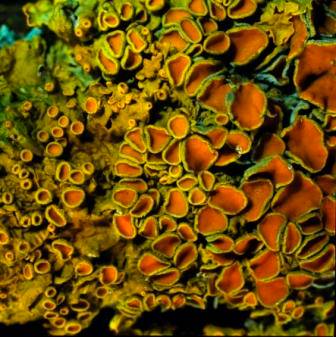We have around 80 million items in the Museum collection. This makes us one of the world's greatest natural history collections and there is a huge amount of expertise, organisation, investment and thinking goes into caring for this resource and making it available to scientists and to many other users, including the general public in the UK and worldwide.
A basic characteristic of any item in the collection is that we know what it is, where it comes from and when it was collected. Without this information, its value for science is much reduced. However, because collecting has been in progress since the 17th Century, most of the information that accompanies the specimens is written on paper: on labels or in books, record cards and registers. A scientist wanting to know whether we have particular items or to find out more information would need to talk to NHM curators or visit us to look at the information resources first-hand.
But in the last ten years in particular, we have been developing electronic databases of the collections. It's a major task with a lot of experimentation with the best techniques and tools - how do we transfer tens of millions of information points from paper to databases to enable online searches and research resources? We've got basic information for around 400,000 specimens on our main database at the moment but we need to move faster, and we are trying out different approaches.
a plot of 400,000 specimen records that have been databased, showing origins
A new initiative is to involve members of the public in copying information from the registers online - crowdsourcing. We are doing this at the moment for our bird collections and would like as many people as possible to join us in this effort - we'll then be able to move more quickly to online information on which bird specimens we have, with information on their place of origin and dates. Sometimes this information can be used to do research on where bird species once occured but where they have now disappeared because of habitat loss or other factors.
a snapshot of one of the register pages
Have a look at the online ornithology registers on the Notes from Nature site and have a try - you can attempt one-off transcriptions, or register and create an account that allows you to track your contribution to this effort.



